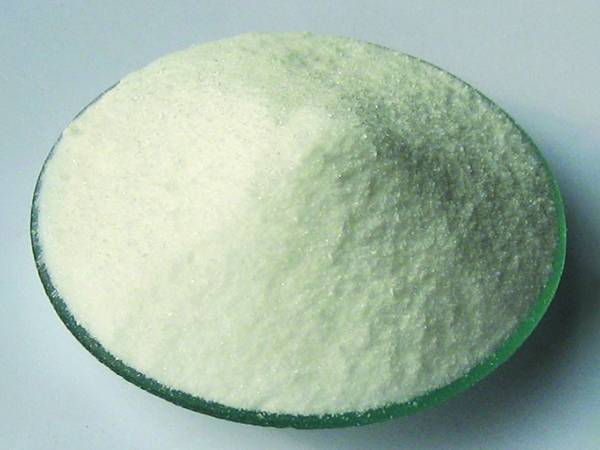



Sodium Bisulfate Usage Guide for Pool Water Maintenance and Safety
The Role of Sodium Bisulfate in Pool Maintenance
Maintaining a clean and safe swimming pool is essential for any pool owner. Among the various chemicals used in pool care, sodium bisulfate—often referred to as dry acid—holds a significant place in managing pool chemistry. This article will delve into the benefits, uses, and safety considerations of sodium bisulfate in pool maintenance.
Understanding Sodium Bisulfate
Sodium bisulfate is a white crystalline powder that serves multiple purposes in pool care. It is primarily used to lower the pH and alkalinity levels of pool water. The ideal pH range for pool water is typically between 7.2 and 7.8. Maintaining this balance is crucial, as improper pH levels can lead to a host of problems such as cloudy water, scaling, and irritation to swimmers’ skin and eyes.
The Importance of pH Control
Pool water chemistry is a delicate balance, and pH is one of the most critical factors. If the pH is too high, it can cause issues such as reduced effectiveness of chlorine, leading to less sanitized water. High pH levels can also result in mineral scale formation, particularly on pool walls and equipment, which can significantly increase maintenance costs. Sodium bisulfate provides an effective solution to these problems, offering a safe and easy way to reduce pH levels.
Benefits of Using Sodium Bisulfate
One of the major advantages of sodium bisulfate is that it is easy to use. Unlike liquid acid, which can be hazardous to handle and requires careful measurement, sodium bisulfate can be added directly to the pool. It dissolves quickly, making it convenient for pool owners to manage their chemical balance without much hassle.
sodium bisulfate in pool

Another benefit is that sodium bisulfate is less harsh than other acids, making it a favorable option for pool maintenance. Its safer nature reduces the risk of skin or eye irritation, allowing for easier handling. Additionally, as it is a dry product, it minimizes the risk of spills and splashes, further enhancing safety during application.
How to Use Sodium Bisulfate
When using sodium bisulfate, it is essential to follow the manufacturer’s instructions for dosage based on your pool's volume and the current pH levels. Typically, you would first test the water using a reliable pool test kit. If the pH reading is above 7.8, you can add sodium bisulfate directly to the pool, spreading it evenly across the water surface. It’s advisable to retest the water after adding the chemical to ensure the desired pH level has been achieved.
Safety Considerations
While sodium bisulfate is generally safer than other chemical alternatives, basic safety precautions are still necessary. Wearing gloves and protective eyewear is recommended when handling any pool chemicals. Additionally, it should be stored in a cool, dry place away from children and pets. Always ensure that you keep chemicals tightly sealed in their original containers to prevent accidental spillage or contamination.
Conclusion
Sodium bisulfate plays a crucial role in effective pool maintenance, helping to balance pH levels while being easy and safe to use. By incorporating sodium bisulfate into your regular pool care routine, you can enjoy a cleaner, clearer swimming environment that is more pleasant and safer for all swimmers. Whether you are a seasoned pool owner or new to pool maintenance, understanding and utilizing sodium bisulfate can significantly enhance your pool care efforts.
-
Why Sodium Persulfate Is Everywhere NowNewsJul.07,2025
-
Why Polyacrylamide Is in High DemandNewsJul.07,2025
-
Understanding Paint Chemicals and Their ApplicationsNewsJul.07,2025
-
Smart Use Of Mining ChemicalsNewsJul.07,2025
-
Practical Uses of Potassium MonopersulfateNewsJul.07,2025
-
Agrochemicals In Real FarmingNewsJul.07,2025
-
Sodium Chlorite Hot UsesNewsJul.01,2025










